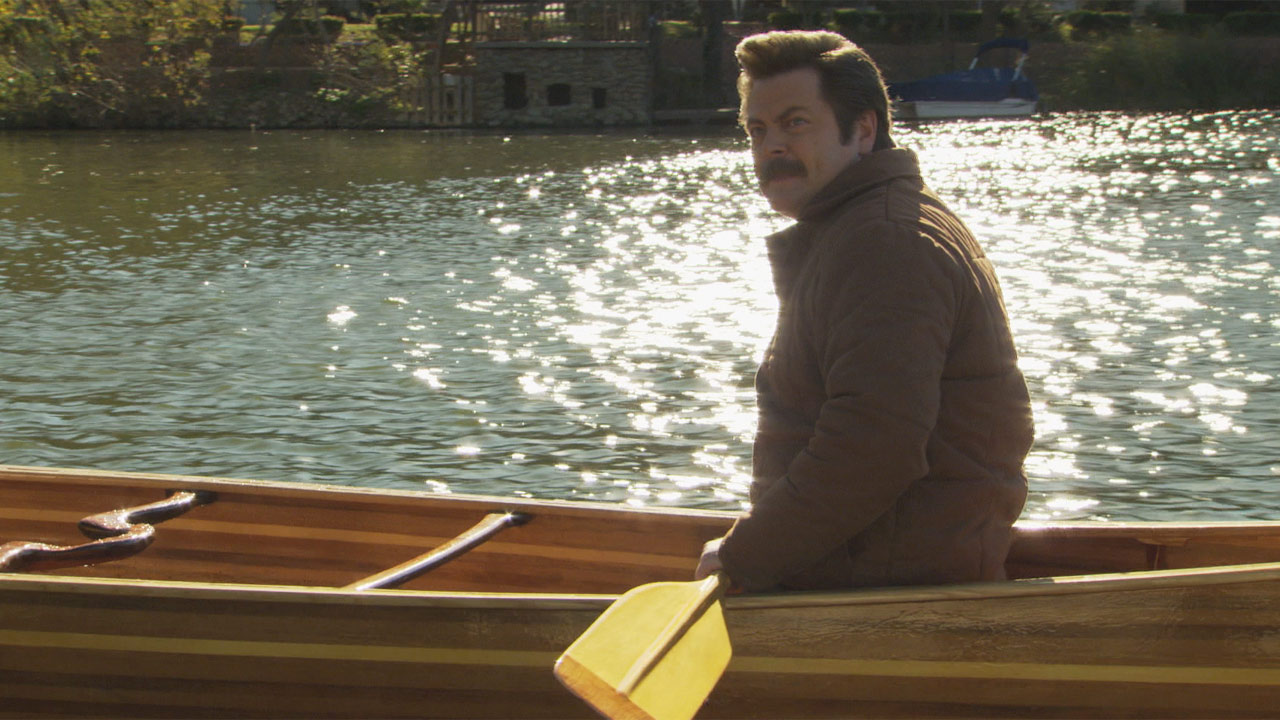Sitcoms are, by design, all about stasis and repetition. The audience is sold a premise, and then the show has to keep telling stories within that premise until it is either cancelled or comes to an end. Character growth is kept to a minimum, and often resets at the end of each episode. Nobody typically becomes more successful than they already were at the start, and if anybody gets married or has children, it almost always has to be with another central cast member.
This makes it difficult for writers to end a show. If any lengthy arc is essentially against the rules, then how do you cap things off? How do you put a definitive point on something when your goal has been to stretch it out for years on end? In the past, these have not been major considerations; most shows just ran until they were no longer popular, and then were cancelled without an ending. This has changed in recent years and, while I’m sure it terrifies some writers’ rooms, it has been used as an opportunity for others.
Over the last few weeks, the Parks and Recreation writers have used the knowledge that their show is ending to free themselves from the constraints of typical sitcoms. In the process, they have simultaneously created one of the most emotionally resonant seasons of a sitcom, and one of the funniest.
There are two major components to Parks and Recreation’s final season successes. The first is the time jump that occurred at the end of season 6. This allowed the writers to create a new status quo in Pawnee, where character dynamics were not necessarily what they had been before. The reframing of relationships allowed certain characters (most notably Leslie and Ron) to rekindle their friendships and emphasize why they worked so well together in the first place.
The second major component to the final season is it’s intense focus on individual characters’ desires to move on. While the show remained an ensemble comedy, most episodes had at least some degree of focus on a certain character. On the lighter end, this meant that we got subplots about Donna and Gary bonding, or Tom getting back together with his ex-girlfriend Lucy. More substantially, we had wonderful episodes like the aforementioned Leslie and Ron, which re-established the crux of their relationship while clarifying why they went in different directions. Multiple episodes focused on April’s desire to find her calling, and one in particular dealt with Leslie’s heartbreak over April’s choice to leave government along with her unceasing support. Even the silliest concept-episodes like The Johnny Karate Super Awesome Musical Explosion Show were given emotional resonance by the finality of the characters’ situation.
It all came to a conclusion with one of the greatest sitcom finales in the history of television. While spending their last day together solving a problem, the show gave us insight into every major character’s future with a time-jumping Six-Feet-Under-esque plot device. Not every character is given unending success, but they all get appropriate send-offs. We also see how even after moving on and becoming independent, all of the characters still manage to get together at least one more time. Despite the Pawnee phase being over for (most of) them, their time together is a significant period in all of their lives and proves to be a pivot point in their careers.
Parks and Recreation will be remembered for a lot of things: Ron and Tammy, breakfast food, Burt Macklin, Snake Juice, the list goes on. But above and beyond all of that, it will be remembered as a show that truly liked and cared about its characters. In a TV sitcom landscape built mostly around pessimism and cynicism, Parks and Recreation wasn’t afraid to be optimistic. It was the perfect show for Leslie Knope, and the same spirit that made her a special character will keep Parks and Recreation in our memories for many years.
